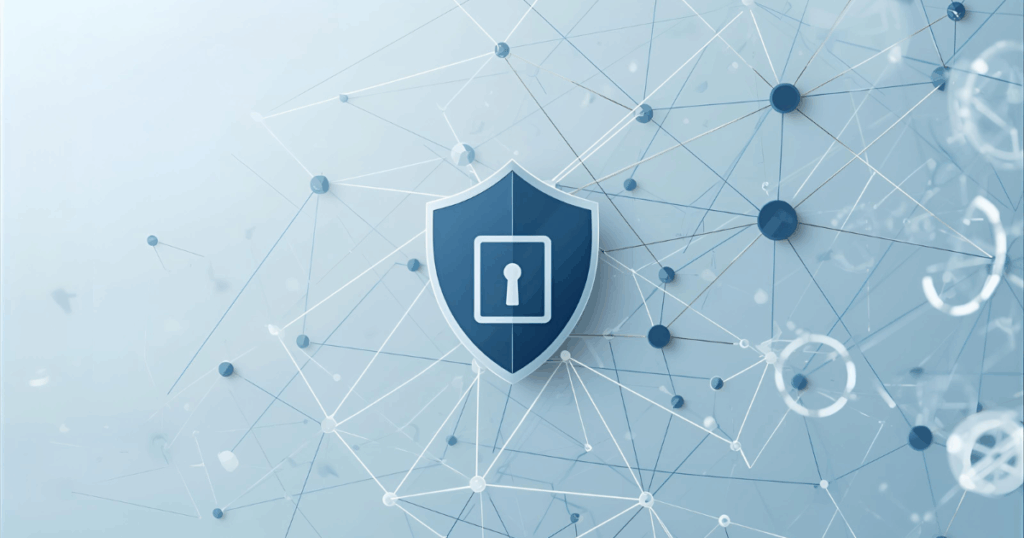Managing the Vulnerability Lifecycle with Intelligence and Speed

Vulnerability management is a fundamental element of cyber hygiene. So, why do 56% of organizations report that their most recent data breach resulted from a known vulnerability not properly patched or addressed?
As networks become more complex and include network and security devices from multiple vendors, vulnerabilities increase, putting pressure on teams to identify and address these issues. More than 40,000 CVEs were published in 2024, a 38% increase from 2023. Device vendors also issue advisories on vulnerabilities not included in that number.
Traditional vulnerability management methods that rely on manual aggregation, assessment, and action can’t keep up. And the challenge is mounting as threat actors use AI to help discover and exploit vulnerabilities faster than ever, driving down the average time-to-exploit from weeks to days.
BackBox helps you proactively manage the entire vulnerability lifecycle with powerful vulnerability intelligence capabilities.
Step 1: Aggregation
The two main questions to ask at the initial stage of the lifecycle are:
What is this new vulnerability?
How bad is it?
Many solutions will pull CVEs into their products. These CVEs come from the NIST database, are available to everyone, and include a severity score. However, the CVE doesn’t have all the information available about the vulnerability. CISA maintains a catalog of vulnerabilities known to be exploited in the wild. Network and security device vendors also issue advisories that include details on vulnerabilities specific to their devices.
BackBox vulnerability intelligence aggregates all this information, enriching CVEs with additional details from CISA, the 180+ device vendors our customers work with, and other online communities to help you understand more about the vulnerability and its potential impact on network infrastructure. We also continually monitor for updates these sources release and reflect those in the BackBox platform.
Step 2: Assessment
Is this vulnerability a priority for my network?
It’s a simple question, with a lot of implications.
BackBox vulnerability intelligence further enriches information about the vulnerability based on your environment. We maintain your network’s configuration inventory, including device manufacturer, type, model number, and version. Then, we model it against each CVE or vendor-reported vulnerability to determine, at a high level, if the vulnerability is relevant to your network.
The risk score is based on the severity of the CVE, the information gathered in enrichment, and your real-time configuration inventory and network architecture. This discovery and modeling process delivers far more intelligence than simply mapping a CVE against inventory.
For example, in the case of a Cisco CVE related to the HTTP server, BackBox enables customers to search across their device inventory to find all the relevant devices impacted (based on device manufacturer, type, model number, and version) that had the HTTP server turned on.
If a CVE is determined not to apply, the customer can mark the CVE as irrelevant to help teams manage their exposure. CVEs marked irrelevant are removed from the risk scoring calculation to help network engineers focus on the vulnerabilities that impact their network.
Which leaves us one final step and question to answer.
Step 3: Action
What are my options if a CVE applies to my network?
Here again, is where traditional solutions fall down. Those products tell you what you already know. They’ll point out devices and CVEs and then create a report. Based on an analysis of your network risk, BackBox prioritizes vulnerabilities for action and provides pre-built automation to mitigate or remediate the fix.
Generally, the way to remediate (permanently fix) a vulnerability is to update an OS. However, often the update isn’t available when the CVE is first published, or for other reasons isn’t possible to complete the OS update right away. That’s when mitigation, applying a configuration workaround as a temporary fix, comes into play.
In both cases, OS updates or configuration mitigation, vulnerability intelligence uses automation to address vulnerabilities easily and protect the network at scale.
A seamless process
For major vendors or high-severity CVEs, BackBox can quickly release an automation within to help customers determine if they’re vulnerable and take action. This automation will do two things:
- It will look at your device inventory for vulnerable configuration parameters and let you know if you’re exposed (or safe).
- It will allow you to mitigate the vulnerability by turning off the vulnerable features.
Using our Cisco example from above, we released an automation that looked to see if the vulnerable HTTP server configuration was enabled, and gave customers the option to disable it as a temporary fix.
When Cisco made the OS update available as a permanent fix, BackBox simplified updates with automation as well. (Read about how Edafio, a US Service Provider, saved about 70 hours a month by automating updates.)
Summary
With BackBox vulnerability intelligence, network and security teams can save time, minimize errors, and proactively manage the vulnerability lifecycle. Our platform identifies and correlates known vulnerabilities with your inventory of network and security devices, prioritizes these vulnerabilities based on risk and security posture, and offers options to automate updates or apply configuration workarounds.
Discover the advantages of BackBox today. Schedule a 30-minute demo for an interactive tour of the BackBox platform.


